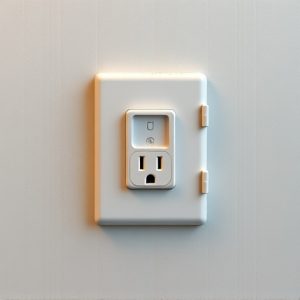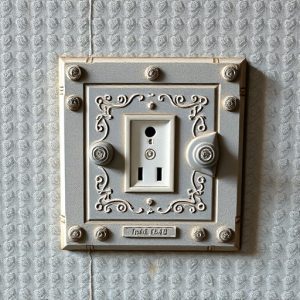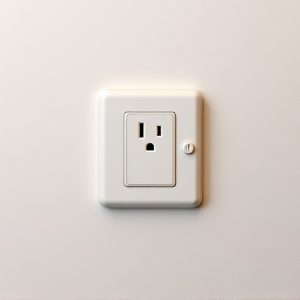Install and Secure Your Hidden Wall Safe: Complete Guide
Installing a hidden wall safe outlet requires assessing structural integrity, selecting compatible h…….
Installing a hidden wall safe outlet requires assessing structural integrity, selecting compatible hardware, and strategically placing the safe for both security and aesthetic harmony. The process involves drilling pilot holes, securing the safe with provided hardware, and testing stability. Enhanced security can be achieved by mounting near electrical junction boxes. Regular maintenance includes inspecting for damage, tightening screws, preventing debris and moisture, using robust locking mechanisms, considering alarm systems, controlling access, updating protocols, and maintaining records to safeguard valuables stored in this discreet solution.
“Discover the secrets of securing your valuables with a discreet wall safe installation. This comprehensive guide explores the essential steps to choose and install a hidden wall safe, catering to both DIY enthusiasts and professionals. From understanding unique outlet requirements to maintaining optimal security, we’ll walk you through the process. Learn how to protect your precious items while ensuring seamless integration into your living or working space. Uncover the benefits of a hidden wall safe outlet and take control of your safety today.”
Understanding Hidden Wall Safe Outlet Requirements
When considering a hidden wall safe outlet, understanding its specific requirements is essential for a successful installation. Unlike traditional safes, these concealed storage solutions need to blend seamlessly into your home’s architecture while meeting stringent safety standards. The first step involves assessing the wall where you plan to install the safe. Ensure it’s sturdy enough to support the weight of the safe and check for any structural elements or pipes that might interfere with placement.
Additionally, hidden wall safes often require specific outlet placements to maintain their discreet appearance. These outlets are typically designed to be flush with the wall, allowing them to remain almost invisible. You’ll need to select compatible hardware and follow manufacturer guidelines to ensure the safe is securely fastened and aligned perfectly with the wall surface. This attention to detail guarantees both the safety of your valuables and the preservation of your home’s aesthetic appeal.
Step-by-Step Guide to Installing a Wall Safe
Installing a hidden wall safe is a straightforward process that can be completed in just a few simple steps. First, identify the location where you want to install your safe. Choose an area that is secure and out of plain sight—consider a stud wall or a corner for maximum discretion. Next, gather your tools: a drill with a bit that matches the safe’s mounting hardware, a level, pencil, and the safe itself. Using the level, mark the center point of where you want to install the safe on the wall. Then, using the appropriate bit, drill pilot holes for the screws or anchors. Ensure these are secure and aligned before placing the safe. Once the safe is in position, securely fasten it with the provided hardware. Finally, test its stability by gently pulling at the door to ensure it’s firmly attached.
For a hidden wall safe outlet, consider mounting your safe near an existing electrical junction box or planning for a new one. Ensure any wiring is properly run and secured behind the safe to maintain the discrete appearance. This additional step adds another layer of security, allowing you easy access to power your devices while keeping your valuable items concealed and protected.
Tips for Maintaining and Securing Your Hidden Wall Safe
Maintaining your hidden wall safe outlet is crucial for ensuring both its functionality and security. Regularly inspect the safe for any signs of damage or wear, especially after storms or heavy use. Check that all screws and bolts are tightly secured, as loose components can compromise the safe’s integrity. Keep the area around the safe clear of debris and moisture, as these elements can attract pests or cause corrosion over time.
Securing your hidden wall safe properly is paramount to prevent unauthorized access. Use high-quality locking mechanisms and consider additional security measures like alarm systems or motion sensors. Ensure that only authorized individuals know the combination or have access to the key. Regularly update security protocols and keep records of all access, especially in shared living spaces. By following these tips, you’ll help safeguard your valuable items stored in your hidden wall safe outlet.


